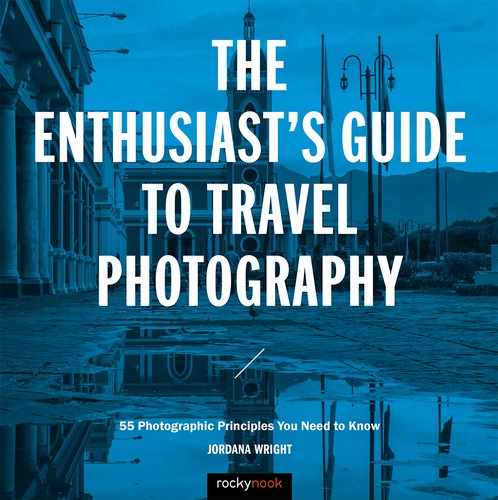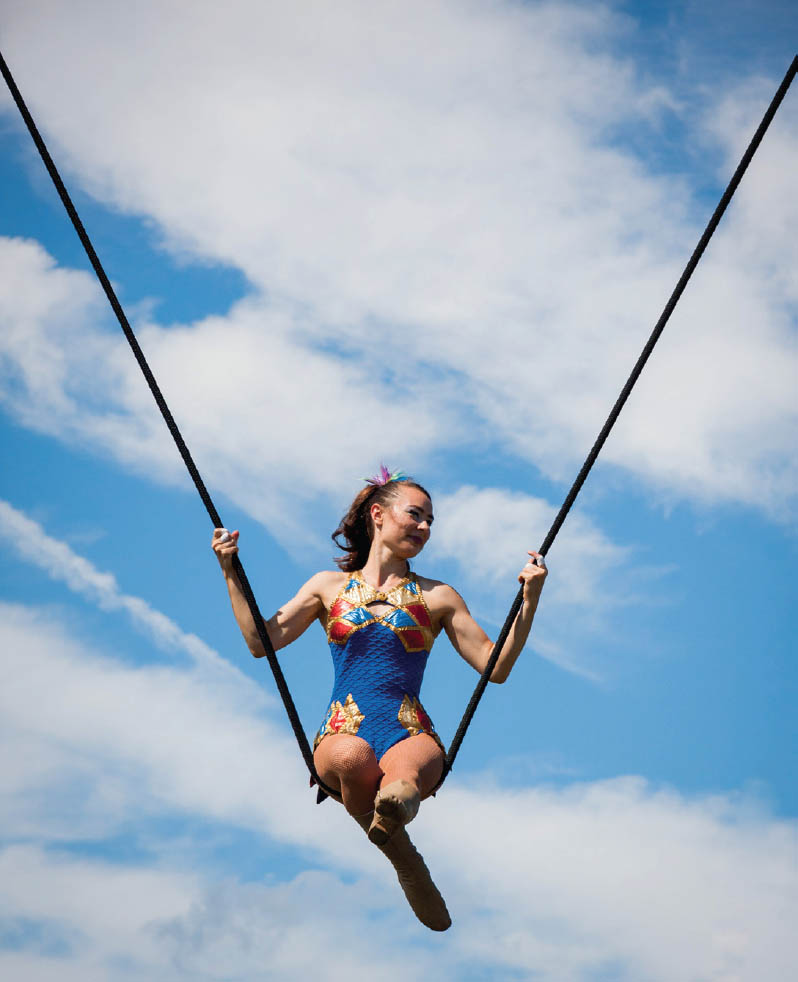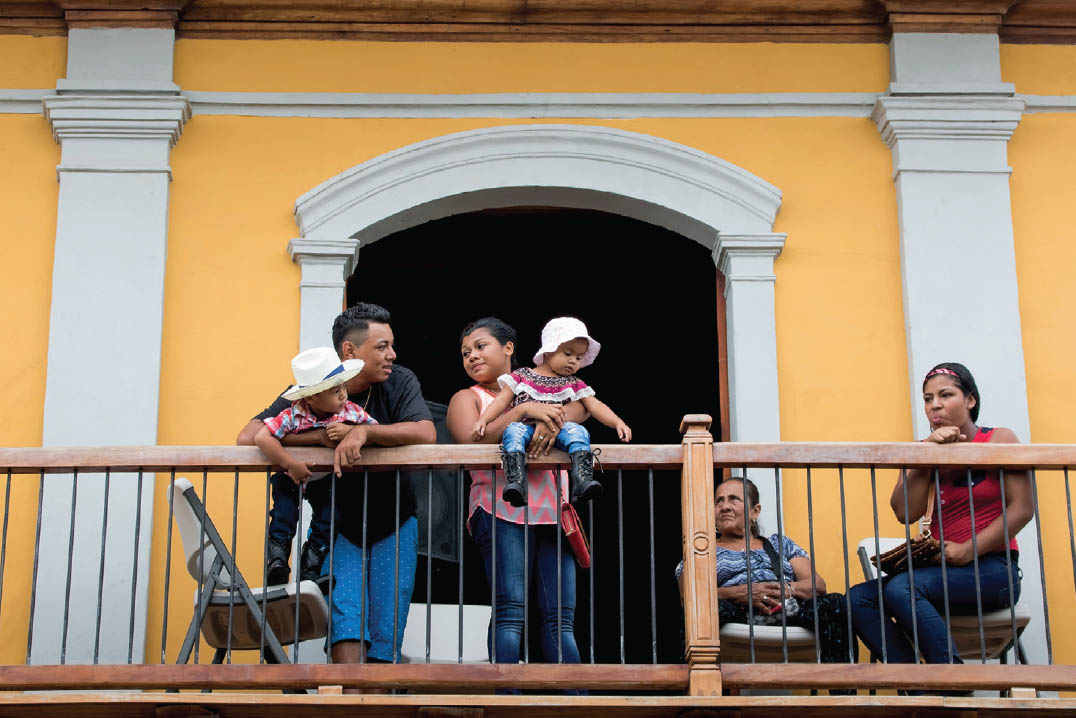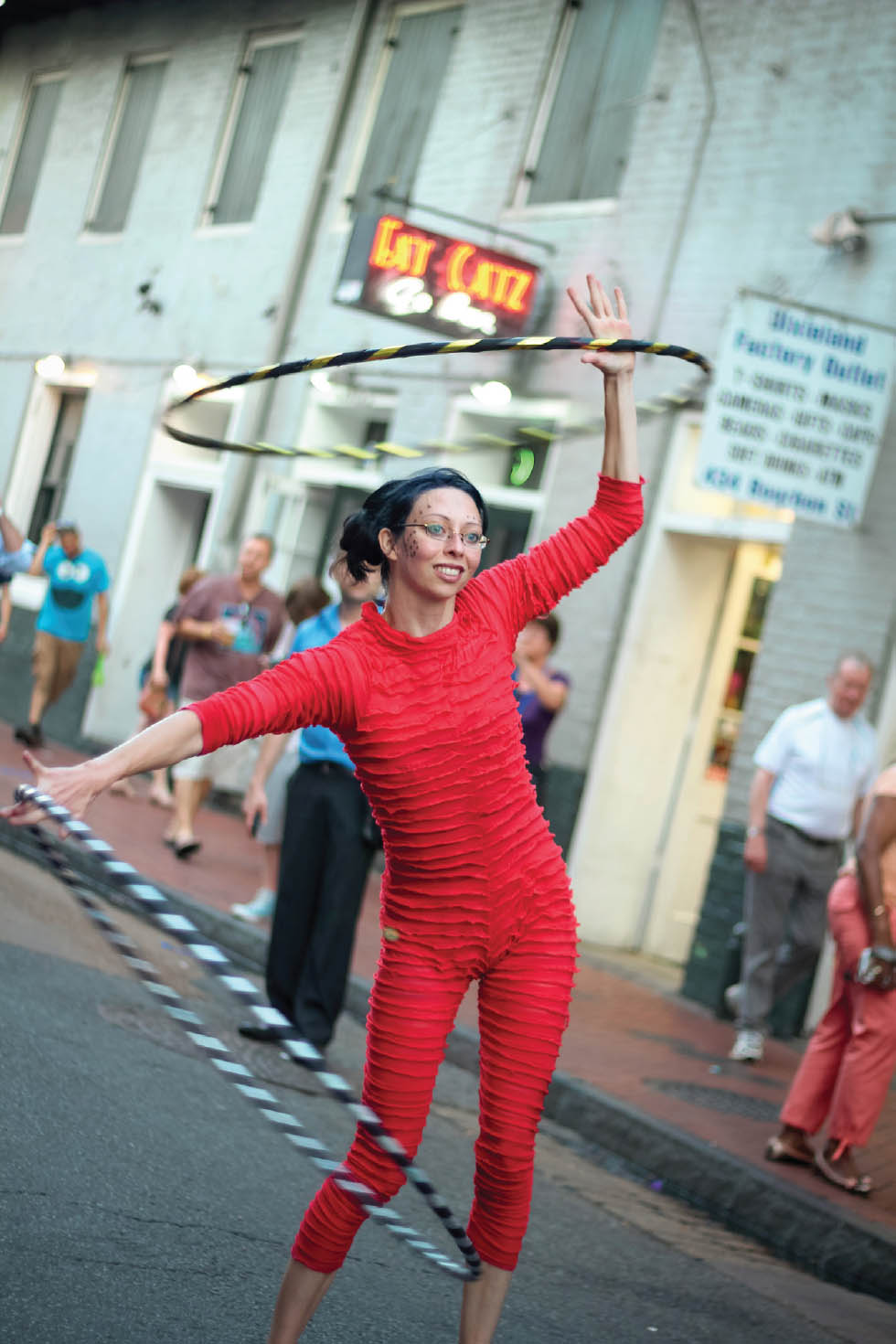36. FESTIVALS AND CULTURAL EVENTS
![]()
FOR PHOTOGRAPHERS WHO are less comfortable navigating the potential awkwardness of approaching strangers for photographs, festivals, fairs, and other cultural events can be a great first step. Events offer countless photographic opportunities in a setting where locals accept and expect to see tourists with cameras. Though I’ve lived in cities my whole life, I rarely feel comfortable doing street photography in the United States. Even though my rights as a photographer are well protected, I often feel weird photographing strangers on the street, which is why I love parades and festivals so much.
Last year, I was able to attend a rare and locally revered event, a festival that was last held over one hundred years ago. The attendees were gripped with an almost religious fervor and an uninhibited hysteria—perfect for photographs. That event was the Chicago Cubs World Series Parade, and it was a hell of a celebration. For the first time in Chicago I felt totally at ease taking photographs of total strangers acting ridiculous (Figure 36.1). No one got in my way or asked me to stop taking their picture. Everyone was in such a mood of celebration that they were happy to show off and be seen. Festivals are some of the best people-watching opportunities out there.
Where to Start
Many times the local tourism department will help advertise what events will be taking place over the course of a festival. Find out if there is a festival guide or map to help you find the events that best appeal to you. Typically, culturally relevant costumes, dances, and performances will take place on stages (Figures 36.2 and 36.3). Stop by stages several times throughout the day to make sure you’re getting a good survey of the events, but don’t spend the entire day camped out at one stage. Unless the festival has a specific photography rule (as is the case at many American music festivals), anything that takes place on stage is totally fair game. Take as many photos as you want.
Competitions are a great place to photograph arts, artisans, local foods, and dress. Stop by competition stalls or tents to see what the locals have created. Many times you’ll find demonstrations and interpretations of cultural products and customs that you can photograph—just like the 4H tent at the fair back home. Be advised that some artists may be wary of letting you photograph their work for fear of theft or reproduction. Be respectful. Many times a conversation will help them see you mean no harm.
When it comes to massive crowds to photograph, parades are key. Last year, we happened to visit Granada, Nicaragua, during the Hipica festival and parade, a local celebration dedicated to a local patron saint that culminates in a huge parade of floats and horses. The city was flooded with people from all over the region, and everyone was beautifully dressed and ready to celebrate.
If possible, try to stand in the front row of spectators during any parade for clear shots of the parade participants and the spectators’ reactions on the opposite side (Figures 36.4 and 36.5). People are often excited to pose for you and are less concerned with a camera when they are happy and celebrating (Figure 36.6). During the Hipica, there were very few non-Nicaraguans around and we were warmly invited to share the celebration and learn about the local customs.
Keep It Fun
As amazing as festivals can be to witness and photograph, there are also a wild variety of ways that things can go downhill very fast. At festivals with alcohol, people may be really intoxicated around you, which is fun until it isn’t. If you’re not familiar with the area or if you’re by yourself, feel free to have fun and imbibe, but keep it reasonable. Alcohol intensifies things, including disagreements and erratic behavior. Keep a cool head and you’ll be able to handle whatever comes your way.
The aspects of festivals that make them perfect to photograph also make them perfect for thieves. Lots of people, lots of distractions (Figure 36.7), and the abundance of cash and valuables means a much higher likelihood of being pickpocketed or mugged. Don’t go out with more gear than you need or can keep track of. Be sure to wear your camera strap across your body, and keep a hand on your camera at all times. Stay in well-populated areas. Better to be safe than sorry.
36.1 Wrigleyville, Chicago, Illinois
ISO 100; 1/200 sec.; f/7.1; 37mm
36.2 Cultural performance, Granada, Nicaragua
ISO 1250; 1/125 sec.; f/14; 150mm
36.3 The Flying Wallendas, Kingston, Rhode Island
ISO 100; 1/1600 sec.; f/5.6; 85mm
36.4 Hipica spectators, Granada, Nicaragua
ISO 250; 1/125 sec.; f/5; 66mm
If you’re at a particularly messy festival like Burning Man or India’s Holi Festival, come up with a plan ahead of time to protect your gear physically from colored dye, liquids, and other debris. Find out ahead of time if there are aspects of a festival that are forbidden to photograph. Make every attempt to be culturally sensitive toward religious practices especially if you don’t understand them. If you see a particular portion of a festival or religious event and no one else is taking photos, take that as your cue to stop photographing.
With a little research and an open mind, festivals, parades, and cultural events can be the perfect opportunity to feel closer to the locals in the places you visit. Let them share with your their excitement for their history and culture while taking beautiful, socially accepted photographs.
36.5 Hipica spectators, Granada, Nicaragua
ISO 800; 1/160 sec.; f/8; 59mm
36.6 Hipica parade performer, Granada, Nicaragua
ISO 100; 1/250 sec.; f/4.5; 18mm
36.7 Second Line performer, New Orleans, Louisiana
ISO 125; 1/100 sec.; f/1.8; 50mm







